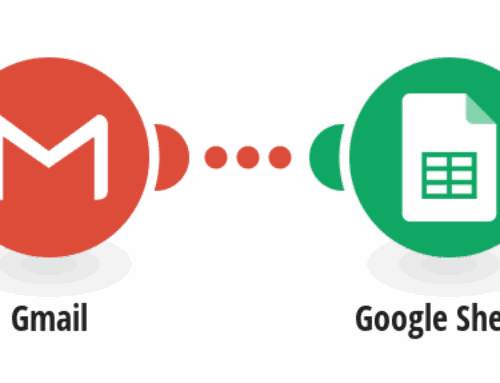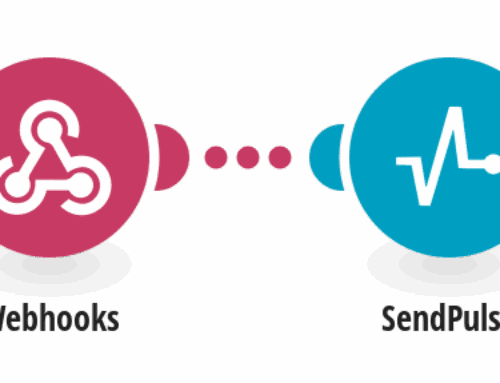Streamlining Fitness Logging: Using Evernote and Runkeeper
The Importance of Activity Tracking
Let’s face it, tracking your fitness activities can sometimes feel like a chore. However, keeping an accurate log of your exercises has numerous benefits. Not only does it help you stay committed to your fitness goals, but it also allows you to monitor progress over time. Whether you’re a seasoned athlete or just starting on your fitness journey, activity tracking offers invaluable insights.
Moreover, by recording your workouts, you create a physical record of your efforts. This can be immensely satisfying and motivating as you witness tangible proof of your hard work. Plus, it can act as a reality check when you’re slacking. So, how can you make this process easy and hassle-free?
An Overview of Runkeeper and Evernote
Runkeeper and Evernote are two powerful tools for anyone serious about fitness tracking and organization. Runkeeper is a dedicated fitness app that tracks running, walking, cycling, and other activities using GPS. It provides detailed stats, helping users maintain peak performance levels.
Evernote, on the other hand, is a versatile note-taking app that helps you organize information efficiently. Known for its ability to integrate text, images, and even audio notes, Evernote is ideal for storing all sorts of information, including fitness data. When combined, these apps create a seamless experience for logging and reviewing your fitness activities.
Why Integrate Runkeeper with Evernote?
Integrating Runkeeper with Evernote can revolutionize how you manage your fitness information. Instead of juggling between different apps to view your activity data, integrating them allows you to automatically transfer your Runkeeper logs into Evernote. This results in a centralized location for all your fitness data.
Additionally, Evernote’s organizational features let you categorize your notes, tag them for easy retrieval, and even share them if you wish. In essence, you get the robust tracking capabilities of Runkeeper allied with Evernote’s phenomenal organization tools, making your fitness management effortless.
Setting Up the Integration
So, how do you connect these apps? First, you’ll need an account with both Runkeeper and Evernote. Once you’ve got those set up, visit the Make website to find a template specifically designed for this integration. Those templates guide you through connecting your accounts and setting up the automation.
Simply follow the prompts to authorize each app. Once the setup is completed, every new activity logged in Runkeeper will automatically create a note in Evernote. All this magic happens behind the scenes, saving you time and effort.
Customizing Your Notes
One of the beauties of this integration is the freedom to customize how your notes appear in Evernote. You can select what information gets transferred from Runkeeper, ensuring that only the most relevant details make it to your notebook.
Do you prefer simple logs, or do you want detailed entries including time, distance, and personal notes? The choice is yours. With this flexibility, you ensure that your Evernote notes align perfectly with your tracking needs.
Tips for Maximizing Your Integration
To get the most out of this setup, consider setting reminders for yourself in Evernote. This way, you can review your fitness data periodically and adjust your routines accordingly. It’s like having a digital coach right at your fingertips.
Furthermore, utilize tags and categories within Evernote to create a streamlined organizational system. This will help you easily find past activities without sifting through endless notes. Trust us, future you will appreciate how well-organized your data is!
Potential Challenges and Solutions
While this integration simplifies fitness tracking, it’s not without its occasional hiccups. Sometimes, the syncing might pause due to authorization issues or updates within the apps. In such cases, re-authorizing the apps usually solves the problem.
It’s also essential to regularly update both apps and your integration platform to benefit from new features and fixes. A little maintenance goes a long way in ensuring your setup runs smoothly and efficiently.
Conclusion
By integrating Runkeeper with Evernote, you’re not just logging activities; you’re creating a comprehensive fitness archive that grows with you. This method is perfect for anyone looking to streamline their fitness journey, leaving more time to focus on what truly matters—your health and well-being.
Take advantage of this tech-savvy solution and watch how effortlessly you can track your progress and achieve your fitness goals. Now, isn’t that a smart way to work out?
FAQs
Is this integration free to use?
Yes, the initial setup and usage of the integration through Make are free. However, note that premium features within Runkeeper or Evernote may require subscriptions.
Can I edit notes in Evernote after they’re created?
Absolutely! One of Evernote’s strengths is its flexibility, allowing you to edit any note once it’s created. Add details, comments, or additional media as you wish.
Will past activities be added to Evernote?
Unfortunately, only new activities are synced to Evernote once the integration is set up. Previous logs won’t automatically transfer but can be added manually if needed.
What types of activities can Runkeeper track?
Runkeeper is versatile, tracking various activities such as running, walking, cycling, and even some indoor exercises using manual entries if a GPS is unavailable.
How secure is my data with these integrations?
Your data’s security is a top priority for both Evernote and Runkeeper. They employ robust security measures to protect user information, ensuring your fitness records remain private.









